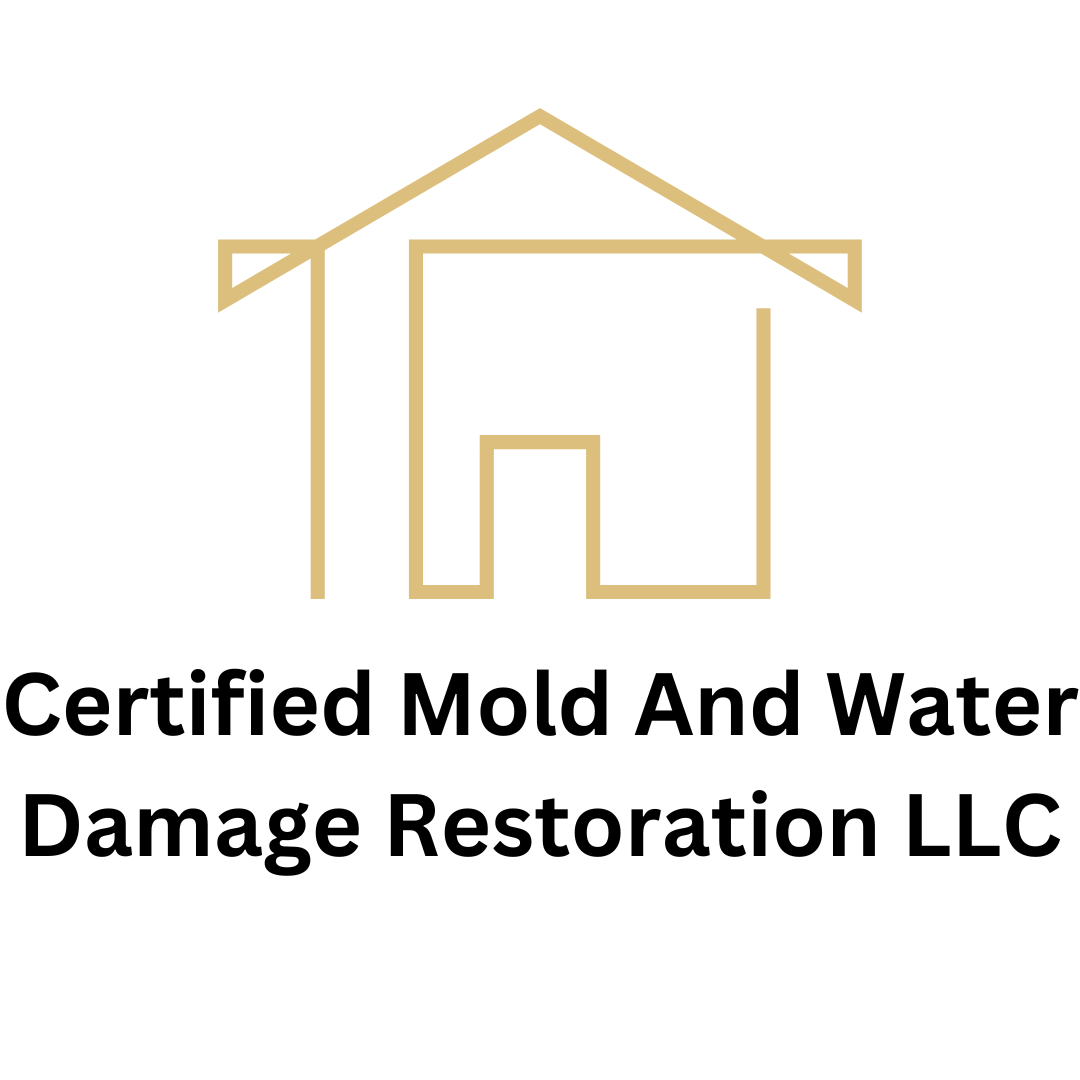Should Mold Be Removed?
Mold is a fungus that eats organic material and reproduces by releasing spores into the air. It’s easy to see why many people think mold should be removed in nearly every situation; after all, it “eats” things. But before you take out your paintbrush or sledgehammer, there are some things you need to know! A simple question, but one with several answers if you look beyond the obvious.
Not All Mold Is Equal
It’s important to understand that not all species of mold (and there are hundreds) are dangerous for humans, pets, or even plants. Several species do very little harm at all unless given the right conditions. Many fungi grow on wet wood and drywall, but most don’t cause any real damage. Even some species that do cause more problems aren’t dangerous to you; they also need the right conditions to hurt or even kill you; more on that later.
Some molds can live in water alone and do not produce spores, so it is impossible for them to grow in the air without help (which will be explained shortly), so if someone says they have wet wood or drywall, but there are no visible signs of the mold don’t assume it’s 100% clear yet!
Mold Can Be Helpful!?
While most people think of mold as something toxic, it isn’t when seen from an environmental point of view. Without mildew on dead plants, life couldn’t continue because mold releases acids that help speed decomposition. Many species of mold also contain antibiotics, so it helps to protect plants from bacteria and fungi.
Many people will grow certain types of mold in their garden because the acid released by the fungi helps fertilize plants, making them healthier than before! Many people might not know about parks, but mushrooms are fungus, which is why they grow on damp wood/logs! So what exactly does “damp” mean? It just means the material has enough water to allow the fungus to live or reproduce (more on that later), and this can include wood, concrete, drywall. just about anything with the right amount of moisture content.
Mold Spores In The Air
Mold needs three things to live and grow: food, water, and a surface to attach to. In this case, “surface” usually refers to the material of something like drywall or wood, but it also includes your skin, clothes, and hair! Mold can’t eat through metal, so that that plywood won’t count ;). All types of mold reproduce by releasing spores into the air. Spores are microscopic cells that can stay alive for years until the right conditions arise for them to develop into mature fungal bodies (that’s just a fancy way of saying they start growing).

Recent Comments